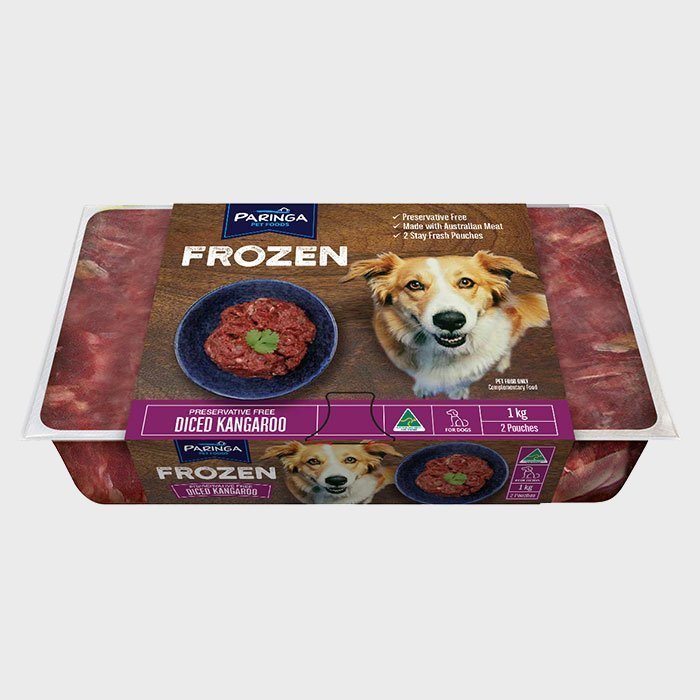How to Transition Your Dog to Raw Pet Food
Why consider switching to raw food?
As a dog owner, we’ve no doubt that you’re interested in optimising the health, wellbeing and longevity of your four-legged friend. It’s for these reasons that many people who hear about the raw pet food diet decide to give it a try. There are many potential health benefits of raw feeding, including increased energy, shinier coat, becoming less prone to allergies, better dental and gut health, just to name a few!
Doggy parents often consider changing dog food if their pooch is experiencing health issues such as low energy, poor skin or coat health, allergies that you think may be related to the food they’re eating. Likewise, if your dog is suffering gastrointestinal upset which can be uncomfortable for them, smelly or messy for you, then it could be linked to their current food and time to consider making a change.
If you’re at the early stages and want to know more about how to feed raw pet food diet, check out this article on the Top 8 benefit of a raw pet food diet. If you think you’re ready, then read on here for information about how to transition a dog to raw food.
When is the best time to start?
It doesn’t matter whether you’re bringing home a puppy, have a senior dog or any age in between. Anytime is a good time to give raw feeding a try. It’s not the life stage of the dog that matters here, but the way in which you do it. For the smoothest transition and chance of success, it’s important to following the right advice on transitioning dog to new food.
How to transition your dog to raw pet food
You might wonder why you need advice on transitioning your dog to new food. “Can’t I just put the new food in front of my dog the day I get it?” Well of course, you could but the chances of an upset stomach are high and we all want to avoid that, especially your dog! That’s why we’ve got a page here on changing dog food, but in any case we’ll summarise it for you now.
To avoid any digestive discomfort for your furry friend, we recommend that you take 5-7 days when transitioning your dog to the new raw food.

- Day 1: 25% new diet and 75% old diet
- Day 3: 50% new diet and 50% old diet
- Day 5: 75% new diet and 25% old diet
- Day 7: 100% new diet
Certain breeds of dogs that are prone to gastrointestinal diseases or food allergies may need an even lengthier transition period, so watch for the signs below and let your dog take the lead in terms of timing.

3 important signs for a successful transition to raw food
#1. Stools
The best signal that your dog is handling the transition well (or not so well) is their stools so these should be monitored closely over the transition period.
A healthy dog’s stool should be chocolate brown in colour, easy to pick up and somewhat squishable. When you switch to raw foods you may notice that your dog produces smaller stools, which is because of more efficient digestion and better nutrient absorption from the raw food.
#2. Water consumption
You might also notice a decrease in the amount of water your dog drinks. This is nothing to be alarmed about. Typically raw food is more moist and hydrated than dry kibble or commercially produced canned foods so their bodies need less water. Raw foods also naturally have less salt than many highly processed dog foods, so when you remove that salt you reduce your dog’s thirst. Just ensure your dog has access to plenty of fresh water every day, as usual. Old, stale water is not very appealing.
#3. Detox symptoms
Depending on the quality of your dog’s previous diet and the state of their health in general, you may notice some symptoms of detox, which is the body’s natural process of eliminating built up toxins in the body. This may take the form of some mucousy or loose stools, ear emissions, runny eyes or some temporary loss of fur. These symptoms are generally normal and nothing to worry about and should be minimised if you follow our advice to transition slowly. Of course, if your doggo seems particularly unwell or if symptoms last more than a few days, please do contact your vet for a check up.
If you want the ins and outs of exactly what is appropriate food for your dog on a raw food diet, then jump over to our Ultimate guide to raw diet for dogs for more information.
5 top tips on how to feed raw pet food diet
|

